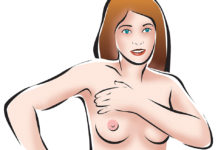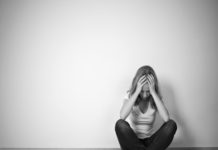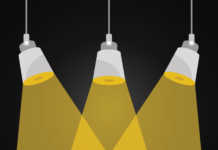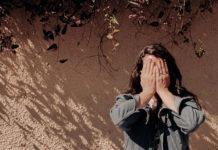
Light therapy—which has long been used to treat Seasonal Affective Disorder (SAD)—may be effective in the treatment of non-seasonal depression, says a study out of Sunnybrook Health Science Centre.
“In our study, patients with non-seasonal depression who were treated with a combination of light therapy and an antidepressant saw significant improvement in their symptoms, while those who received only one of the treatments did not see the same level of improvement,” says study co-author Dr. Anthony Levitt, chief of Sunnybrook’s Hurvitz Brain Sciences Program.
The randomized, double-blind trial examined four combinations of treatment for non-seasonal major depressive disorder (MDD): light therapy and an antidepressant; light therapy and a placebo pill; a placebo light therapy box and an antidepressant; and a placebo light therapy box and a placebo pill.
Over the course of the eight-week trial, light therapy was administered through 30 minutes of direct exposure to a fluorescent light box. Dr. Levitt and the other researchers were surprised by just how effective the combination of both this method and an antidepressant proved to be.
“Adding light therapy had a positive effect on the largest number of patients in the study, and their depressive symptoms were reduced much more quickly,” adds Dr. Levitt. “Light therapy is a low-cost treatment option with few side effects, and our findings show it could benefit many patients with MDD.”
According to the researchers, medications are effective for treating depression but only work in about 60 per cent of cases.
“More and more people are seeking help because there is less stigma about having depression,” says principal investigator Dr. Raymond Lam, a professor at the University of British Columbia and psychiatrist at the Djavad Mowafaghian Centre for Brain Health. “It’s important to find new treatments because our current therapies don’t work for everyone. Our findings should help to improve the lives of people with depression.”










